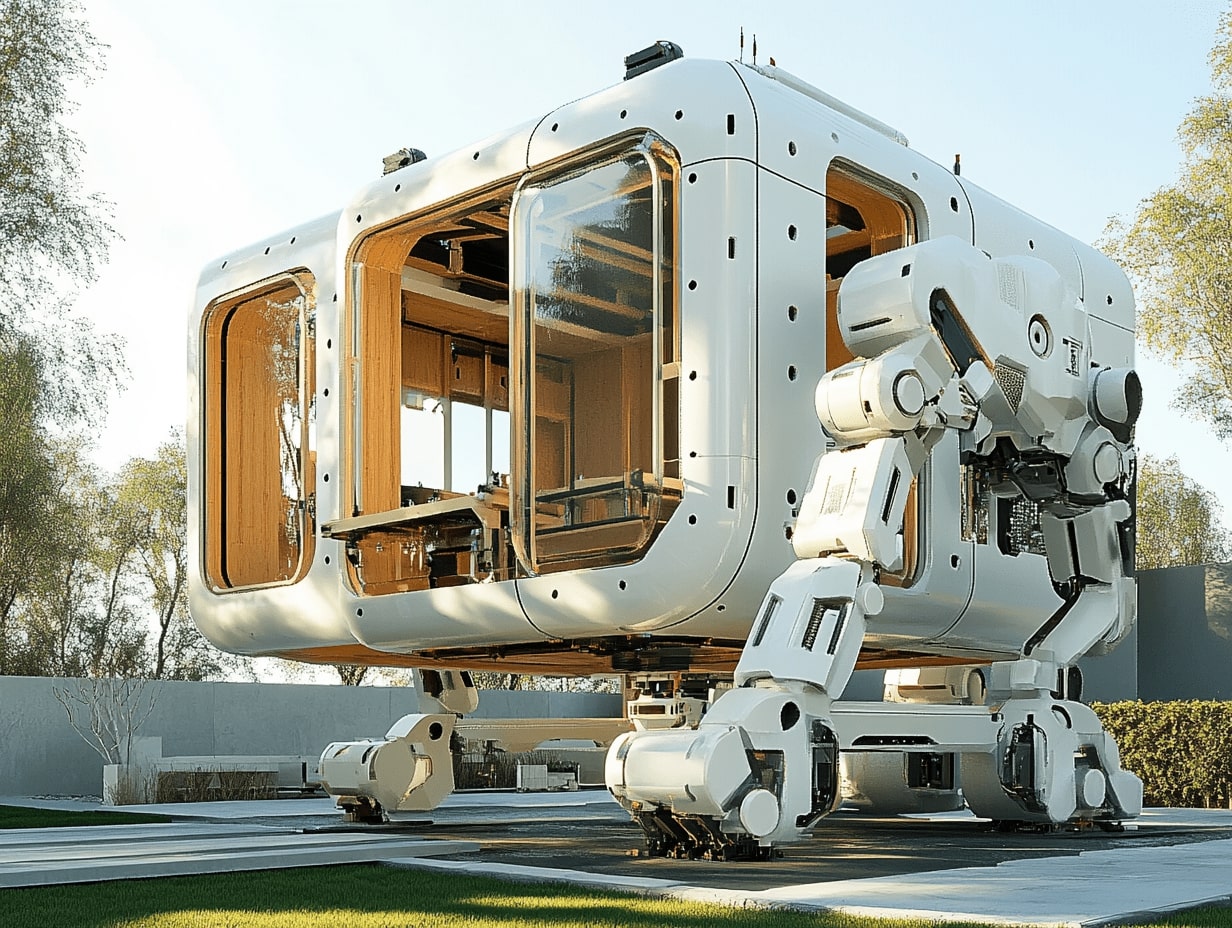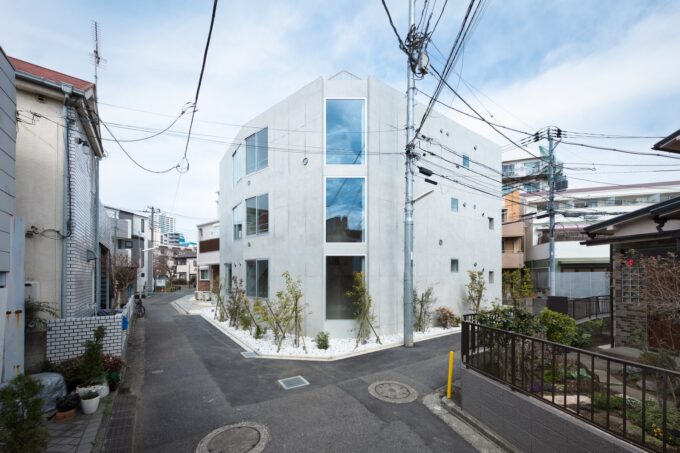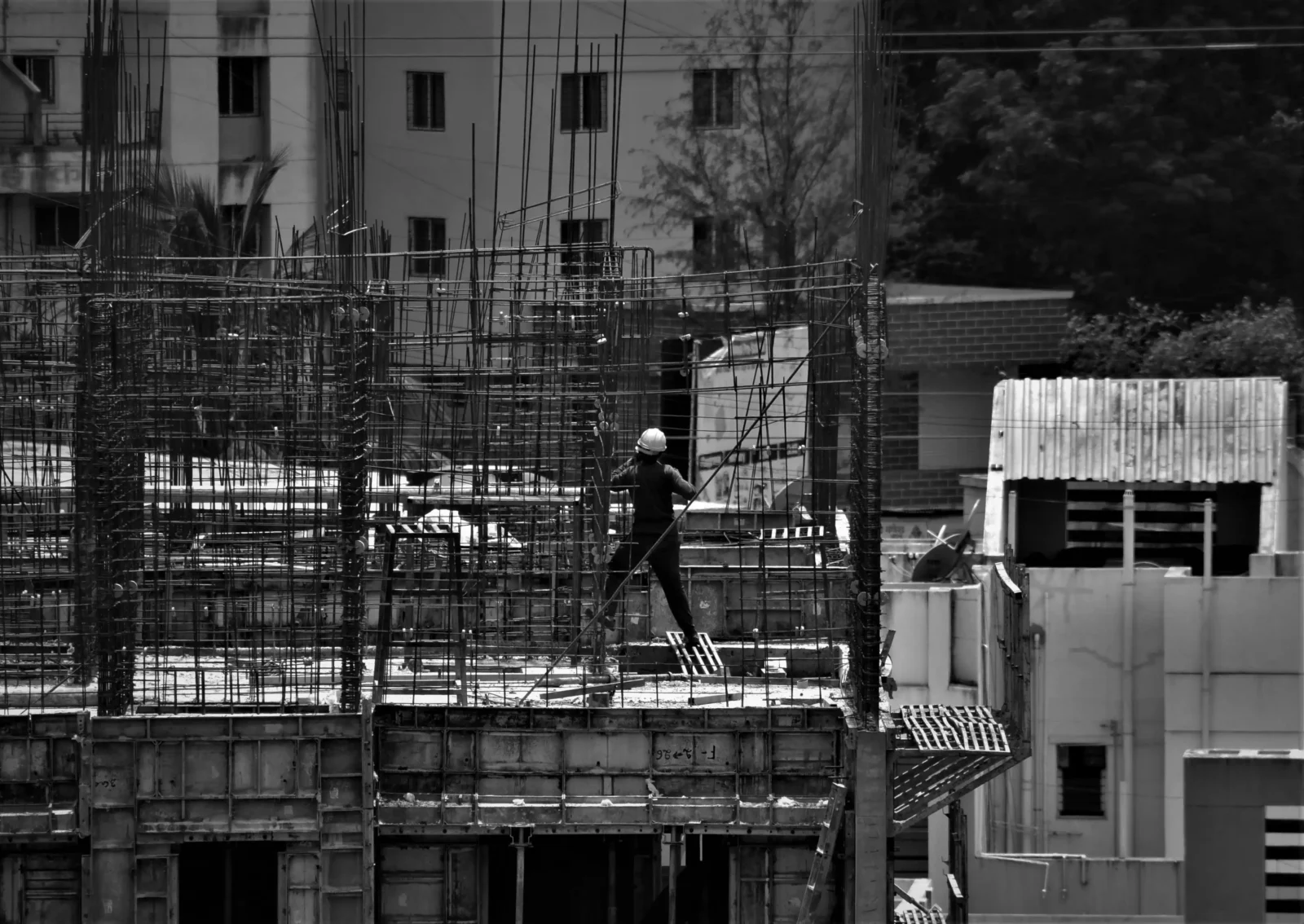- Home
- Articles
- Architectural Portfolio
- Architectral Presentation
- Inspirational Stories
- Architecture News
- Visualization
- BIM Industry
- Facade Design
- Parametric Design
- Career
- Landscape Architecture
- Construction
- Artificial Intelligence
- Sketching
- Design Softwares
- Diagrams
- Writing
- Architectural Tips
- Sustainability
- Courses
- Concept
- Technology
- History & Heritage
- Future of Architecture
- Guides & How-To
- Projects
- Interior Design
- Competitions
- Jobs
- Store
- Tools
- More
- Home
- Articles
- Architectural Portfolio
- Architectral Presentation
- Inspirational Stories
- Architecture News
- Visualization
- BIM Industry
- Facade Design
- Parametric Design
- Career
- Landscape Architecture
- Construction
- Artificial Intelligence
- Sketching
- Design Softwares
- Diagrams
- Writing
- Architectural Tips
- Sustainability
- Courses
- Concept
- Technology
- History & Heritage
- Future of Architecture
- Guides & How-To
- Projects
- Interior Design
- Competitions
- Jobs
- Store
- Tools
- More
How Robotics Is Revolutionizing Prefabricated Construction for Efficiency and Sustainability
Discover how robotics is revolutionizing prefabricated construction by enhancing precision, efficiency, and sustainability. From automating tasks like assembly and material handling to reducing waste and improving safety, explore the benefits, challenges, and future innovations shaping the industry's shift toward smarter, faster, and more cost-effective building solutions.

Robotics is revolutionizing industries, and construction is no exception. As we face growing demands for faster, more efficient building methods, prefabricated construction has emerged as a game-changer. Now, with robotics in the mix, we’re seeing a powerful combination that’s reshaping how we design and assemble structures.
Incorporating robotics into prefabrication offers precision, speed, and cost savings that were once unimaginable. From automating repetitive tasks to enhancing safety on job sites, these innovations are streamlining processes and reducing waste. It’s not just about building faster—it’s about building smarter.
As this technology continues to evolve, we’re witnessing a shift in how the construction industry operates. The integration of robotics isn’t just a trend; it’s paving the way for a more sustainable and efficient future in construction. Let’s explore how robotics is transforming prefabricated construction and what it means for the industry moving forward.

Table of Contents
ToggleOverview Of Robotics In Prefabricated Construction
Robotics in prefabricated construction streamlines manufacturing, assembly, and installation processes through automation. These systems handle repetitive tasks like cutting, welding, and assembly with unparalleled accuracy, ensuring consistency in outputs. Automation significantly shortens production cycles and lowers error rates, enhancing overall efficiency.
Industries use robotic arms and automated guided vehicles (AGVs) to optimize workflows. For example, robotic arms assemble precast concrete panels, while AGVs transport heavy components across facilities. These technologies minimize human labor-associated risks and maintain safer environments.
Advanced robotics integrate with Building Information Modeling (BIM) to enhance precision. Robots execute tasks based on BIM data, reducing discrepancies between digital designs and physical outputs. This precise execution lowers material waste and promotes sustainability.
Several companies adopt robotics for modular construction projects. For instance, robots fabricate structural components off-site, enabling quick on-site assembly of units. This approach reduces construction timelines and labor demands, aligning with industry goals for cost reductions and sustainability.

Key Applications Of Robotics In Construction Processes
Robotics drives innovation in construction by automating critical processes like manufacturing, assembly, and material handling. These applications improve productivity while ensuring precision and safety.
Automated Manufacturing Systems
Robotic systems automate tasks like cutting, welding, and shaping materials during prefabrication. They consistently execute these activities with a level of precision that minimizes errors and material waste. Factories equipped with robotic cutters, 3D printers, and CNC machines create structural components faster than traditional methods. By integrating these systems with BIM, we synchronize designs with manufacturing workflows, optimizing resource utilization.
Robotic Assembly And Installation
Robots streamline on-site assembly and installation by performing repetitive and time-intensive tasks. Automated machines assemble prefabricated modules, accurately aligning and securing them without human intervention. For instance, robotic arms position panels or beams in complex structures. Some systems integrate sensors to ensure flawless installations under challenging site conditions, reducing delays and maintenance issues.
Robotic Material Handling
Robotic material handling systems move heavy or hazardous materials with minimal risk. Automated guided vehicles (AGVs) transport prefabricated elements within factories or to construction sites efficiently. Drones and crawler robots enable precise movement in restricted spaces, enhancing logistics. These systems improve safety by reducing manual lifting and lowering accident rates, especially in large-scale projects.
Benefits Of Integrating Robotics In Prefabricated Construction
Integrating robotics into prefabricated construction enhances operational performance, delivering measurable advantages across multiple domains. Robotics significantly boosts efficiency, precision, and cost-effectiveness while supporting industry-wide sustainability goals.
Enhanced Efficiency And Productivity
Robotics streamlines repetitive and labor-intensive tasks, speeding up prefabricated construction processes. Automated systems handle operations like cutting, shaping, and welding with consistent outputs, eliminating delays caused by human fatigue or errors. For example, robotic arms and automated guided vehicles (AGVs) manage workflows seamlessly, minimizing bottlenecks in production lines. These technologies reduce production timelines and increase throughput, meeting project deadlines efficiently.
Improved Precision And Quality
Robotic systems ensure exceptional accuracy in executing designs, achieving higher precision than manual methods. By processing tasks based on Building Information Modeling (BIM) data, robotics eliminates discrepancies between digital models and physical components. This accuracy significantly reduces material waste and rework incidents. Prefabricated structural modules, fabricated and assembled by robotic systems, meet stringent quality standards while maintaining uniformity, which enhances overall project reliability.
Cost Reduction In The Long Term
Automation reduces labor costs by replacing redundant human roles in prefabricated construction. Although initial investments in robotics may be high, costs are offset in the long term by lower operational expenses and minimized material wastage. Robotics also shortens construction cycles, reducing on-site staffing needs and associated expenses. Prefabricated elements produced with robotic precision arrive ready for seamless assembly on-site, further cutting logistical and transportation costs.

Challenges And Limitations
Adopting robotics in prefabricated construction brings several challenges despite its numerous advantages. Overcoming these obstacles is crucial for maximizing the potential of robotics in the industry.
High Initial Investment
Robotics in prefabricated construction requires significant financial resources upfront. Costs include procuring advanced robotic systems, implementing automation infrastructure, and upgrading facilities for compatibility. For example, integrating robotic arms or automated guided vehicles demands specialized environments, which can deter smaller companies with limited budgets. While long-term efficiencies reduce operational expenses, the initial capital burden remains a barrier to widespread adoption.
Technical Complexity
Implementing robotics introduces sophisticated systems that necessitate expertise. Designing, programming, and maintaining these technologies demand in-depth technical knowledge. For example, integrating robotics with Building Information Modeling (BIM) systems for precise execution requires advanced software skills and real-time data management capabilities. Errors in configuration or calibration can disrupt processes, affecting timelines and overall productivity.
Workforce Adaptation And Training
The shift to robotics transforms workforce requirements, emphasizing training and skill upgrades. Workers accustomed to traditional construction methods must learn how to operate, maintain, and optimize robotic systems. For example, training programs to familiarize staff with robotic material handling or assembly systems are essential but time-intensive. Resistance to change or skill gaps among workers can delay adaptation and impact project efficiency.

Future Trends And Innovations
Robotics in prefabricated construction is evolving rapidly, driven by emerging technologies and innovative practices. These advancements promise to redefine efficiency, sustainability, and collaboration across the industry.
Advancements In Artificial Intelligence Integration
Artificial intelligence (AI) enhances robotics in prefabricated construction by enabling smarter decision-making and predictive analytics. AI-powered robots analyze design data to optimize manufacturing processes, identifying efficiencies and preventing errors. For example, machine learning algorithms ensure precise material measurements and reduce resource wastage by accurately forecasting production requirements. Additionally, AI facilitates real-time monitoring of robotic systems, improving maintenance schedules and minimizing operational downtime.
Implementation Of Collaborative Robots
Collaborative robots (cobots) are transforming production workflows by safely working alongside human teams in manufacturing environments. Cobots assist in repetitive or precision-demanding tasks, such as assembling intricate components or applying finishes to prefabricated modules. Their advanced sensor systems adapt to dynamic environments, enhancing safety and productivity. Cobots reduce human workload and errors, allowing skilled workers to focus on design and quality assurance. For instance, cobots streamline the alignment of prefabricated elements, ensuring consistency while expediting deployment.
Sustainability And Green Construction
Robotics drives sustainability in prefabricated construction by minimizing environmental impacts and supporting eco-friendly practices. Automated systems optimize material usage, drastically reducing construction waste. For example, robotic recycling units manage and repurpose leftover materials from manufacturing lines. Additionally, robotics integrates with sustainable design principles, producing energy-efficient building modules with precision. Coupled with green energy solutions, these advancements contribute to carbon-neutral construction goals, aligning with regulatory demands and global sustainability initiatives.
Conclusion
Robotics is revolutionizing prefabricated construction, offering unmatched precision, speed, and sustainability. By automating processes like manufacturing, assembly, and material handling, robotics minimizes errors, reduces waste, and accelerates project timelines. Integration with technologies like Building Information Modeling (BIM) ensures design accuracy and resource optimization.
While initial costs and technical complexities challenge adoption, the long-term benefits—cost savings, improved safety, and enhanced productivity—outweigh these hurdles. Workforce adaptation to robotic systems drives innovation and competitiveness within the industry.
Emerging trends like artificial intelligence (AI) and collaborative robots (cobots) are shaping the future of robotics in construction. These innovations improve efficiency and support sustainable practices, reducing the industry’s environmental impact and aligning with global efforts toward green construction. As the industry evolves, robotics continues to redefine possibilities in prefabricated construction.
- advanced construction robotics
- automated building systems
- automation in prefab construction
- construction robotics solutions
- eco-friendly construction technologies
- efficiency in prefabrication
- green construction methods
- innovations in prefab construction
- prefab housing advancements
- prefabricated construction technology
- robot-integrated construction
- robotic building techniques
- robotic construction efficiency
- robotics for sustainability
- robotics in construction
- sustainable construction practices
- sustainable prefab homes
illustrarch is your daily dose of architecture. Leading community designed for all lovers of illustration and #drawing.
Submit your architectural projects
Follow these steps for submission your project. Submission FormLatest Posts
Key Safety Practices for Major Property Projects
It doesn’t matter whether you are renovating your house, building something new,...
The Changing Economics of Construction Documentation: From Manual Review to Automation
Construction documentation has always represented a significant cost center for general contractors...
How Historic Structures Inspire Today’s Architects
How historic structures inspire today's architects with passive design, proportion, and adaptive...
6 Reasons You Should Consult a Construction Accident Lawyer After a Job-Site Injury
Every day, people working on construction projects face unpredictable hazards — unstable...












Leave a comment